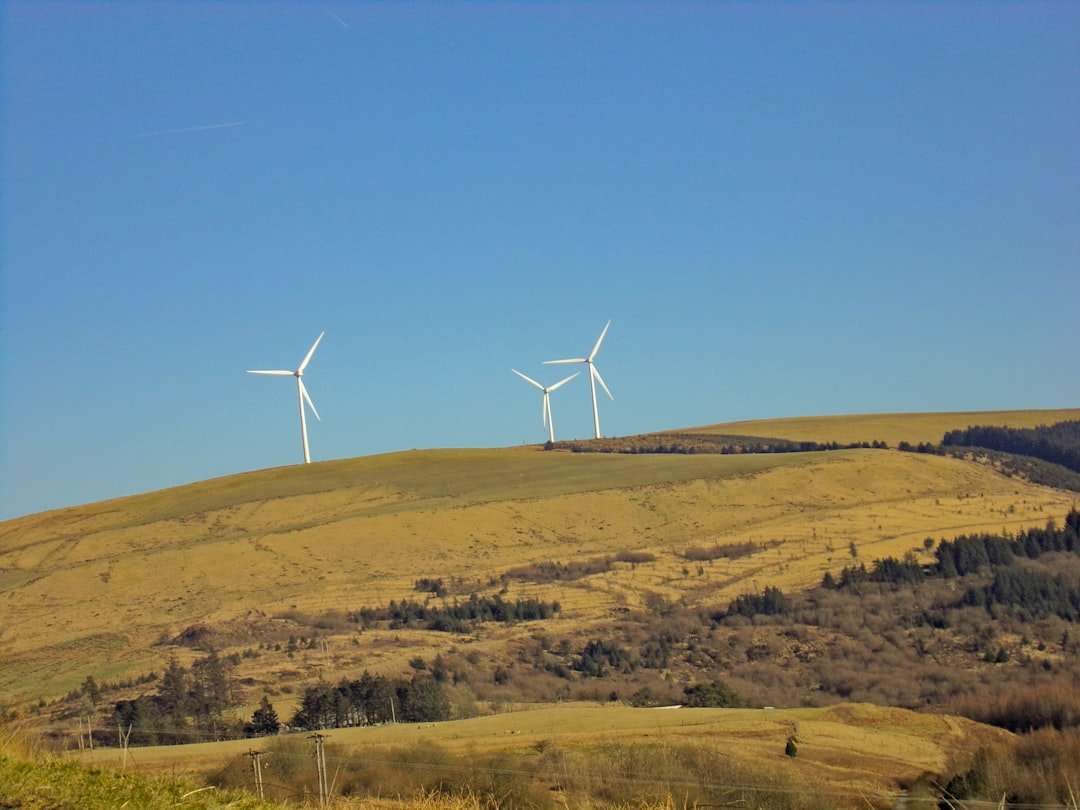A Detailed Look at the Effects of Carbon Emissions Carbon emissions are now a major topic of conversation when it comes to climate change and environmental sustainability. Fossil fuel combustion, which releases carbon dioxide (CO2) into the atmosphere, is the main cause of these emissions. Carbon emissions are rising along with industrial activity, transportation, & energy production, which is a major factor in climate disruption and global warming. Developing successful strategies to lessen the impact of these emissions requires an understanding of their sources and implications.
Key Takeaways
- Carbon emissions are a major contributor to climate change and are produced by various sources including private jets and cars.
- Private jets emit a significant amount of carbon dioxide and other greenhouse gases, contributing to environmental pollution.
- Cars also contribute to carbon emissions, with factors such as fuel type, driving habits, and vehicle efficiency affecting the amount of emissions produced.
- Comparing carbon emissions from private jets and cars can help in understanding their respective environmental impact and identifying areas for improvement.
- To reduce carbon emissions, alternatives such as using sustainable fuels, improving vehicle efficiency, and promoting public transportation can be considered, leading to a positive environmental impact.
Never before has the need to address carbon emissions been more urgent. As the Intergovernmental Panel on Climate Change (IPCC) warns that urgent action is required to limit the rise in global temperatures, attention is being drawn to the different sectors that are contributing to this crisis. Every source, including personal vehicles and aviation, contributes to the overall story of environmental degradation. This article’s objectives are to investigate the carbon emissions linked to private vehicles & jets, look at the variables that affect these emissions, & go over possible ways to lessen their environmental impact. Although private jets are frequently seen as emblems of exclusivity & luxury, they have a substantial environmental cost.
Private jets can have an astounding carbon footprint; according to some estimates, they can emit up to 14 times as much CO2 per passenger as commercial flights. This disproportionate effect results from the relatively small passenger capacity that private jets normally carry as well as the high fuel consumption that goes along with operating them. Consequently, private air travel has significant environmental effects that call into question the long-term viability of such practices. Also, the number of people using private jets has grown recently, especially among wealthy people and business executives.
This pattern not only increases carbon emissions but also draws attention to the widening gap in the ways that various societal groups contribute to climate change. Commercial airlines must adhere to rules designed to lessen their carbon footprint, but private aircraft frequently have more latitude in operating. This oversight gap permits emissions to continue without accountability, making larger-scale climate change mitigation even more difficult. One of the most common sources of carbon emissions in the world is automobiles. Personal vehicles are a major contributor to the transportation sector, which is responsible for a substantial amount of the overall greenhouse gas emissions.
| Transportation Method | Carbon Emissions (kg CO2 per passenger) |
|---|---|
| Private Jet | 133 |
| Car (average fuel efficiency) | 2.3 |
CO2 is a byproduct of fuel combustion in gasoline and diesel engines, and the number of vehicles on the road is increasing along with the amount of emissions. Traffic congestion in cities makes this problem worse by increasing idle time and fuel usage. The kind of car also has a significant impact on carbon emissions. Vehicles with conventional internal combustion engines typically emit more emissions than hybrid or electric models.
Even EVs, though, have an impact on the environment; their manufacturing and the electricity source used for charging can affect how much carbon dioxide they emit overall. The growing demand for cleaner alternatives due to consumers’ increased environmental consciousness is driving manufacturers to innovate and create more sustainable products. Both cars and private jets produce carbon emissions, which are influenced by a number of factors.
Factors like passenger load, aircraft type, & flight distance have a big impact on emissions for private jets. Short flights typically have a higher carbon footprint per passenger because takeoff & landing require a lot of energy. The environmental impact of older aircraft models may also be increased by the fact that they may not be as fuel-efficient as more recent models. Emissions levels in the automotive industry are largely determined by variables like fuel type, driving style, and vehicle upkeep. For example, cars that run on gasoline usually release more carbon dioxide than cars that run on diesel or other alternative fuels.
Also, aggressive driving techniques like hard braking and fast acceleration can result in higher emissions & fuel consumption. Frequent maintenance, such as engine tune-ups and tire pressure checks, can also improve fuel economy and lower carbon emissions overall. Cars & private jets both have major environmental effects, albeit in different situations, as can be seen when comparing their carbon emissions. Due to their operational characteristics & smaller passenger capacity, private jets typically have a significantly higher emission rate per passenger.
However, because cars are so widely used, they contribute significantly to global emissions even though they may emit less CO2 per trip when fully loaded. Consider a situation where four passengers are transported over the same distance in a private jet versus a car for a brief flight to further demonstrate this comparison. Because of the way the jet uses fuel, its emissions per passenger may be many times higher than those of a car. However, given their sheer numbers on the road, cars may eventually contribute more to overall emissions if long-distance travel or regular commuting habits are taken into account. The effects of carbon emissions on the environment go well beyond just numbers; they include a variety of ecological repercussions that endanger human health and biodiversity.
As a result of rising sea levels, extreme weather, and ecological changes brought on by increased CO2 levels in the atmosphere, global warming is occurring. Communities may be uprooted and food production systems upset by these changes, especially in areas that are already at risk. Also, air pollution poses major health risks & is a contributing factor to climate change. For populations exposed to high pollution levels, fine particulate matter released during combustion can cause cardiovascular diseases and respiratory problems.
Across industries, a number of alternatives are being investigated & put into practice to counteract the growing wave of carbon emissions from both private aircraft & automobiles. In the aviation industry, technological developments are opening the door to alternative fuels & more fuel-efficient aircraft designs that can drastically cut emissions. Also, encouraging shared travel choices, like booking flights for several people, can aid in more fairly allocating the environmental cost.
Tax credits and the construction of charging station infrastructure are two ways that governments worldwide are encouraging the adoption of EVs. Also, in order to reduce total emissions from road traffic, public transportation systems are being improved to offer effective substitutes for private vehicle use. In conclusion, reducing carbon emissions from automobiles and private aircraft is a major obstacle in the battle against climate change. Due to their disproportionate contributions to global greenhouse gas levels, both forms of transportation call for immediate action from governments, businesses, & individuals. In order to successfully lessen these effects, sustainable practices must be implemented in every industry.
Promoting policies that control emissions from the aviation and automotive industries, as well as raising public awareness of the environmental costs of private air travel, are two suggestions for lowering carbon emissions. The sustainability of electric vehicles can also be improved by making investments in renewable energy sources for the production of electricity. Future generations can benefit from a healthier planet and lower carbon footprints if society adopts cutting-edge technologies and cultivates a sustainable culture.
Private jet carbon emissions have been a topic of concern in recent years, especially when compared to the emissions produced by cars. A related article on the effects of climate change on oceans (source) and implementing strategies for resilience (source), we can work towards a more sustainable future for our planet.



